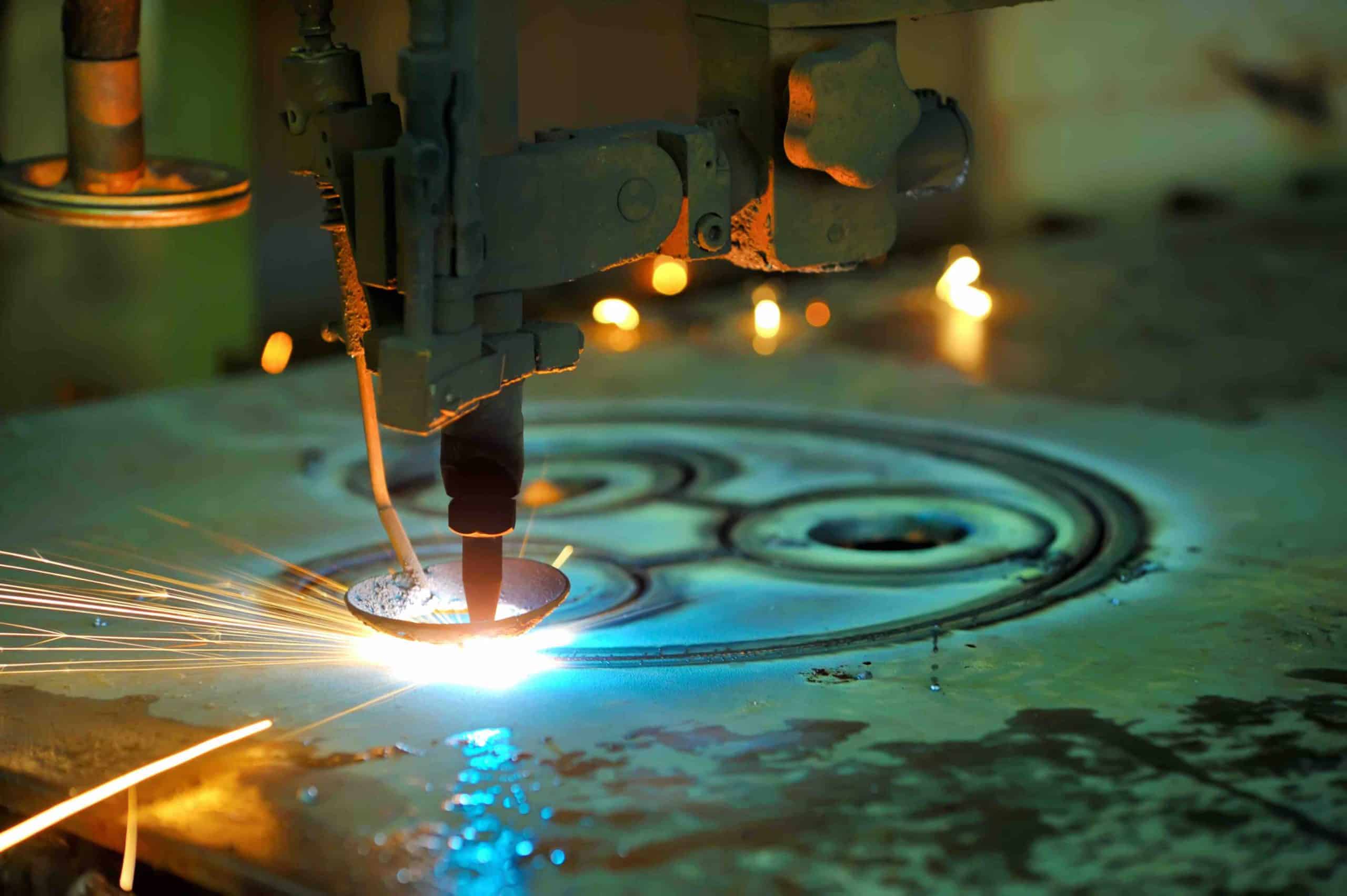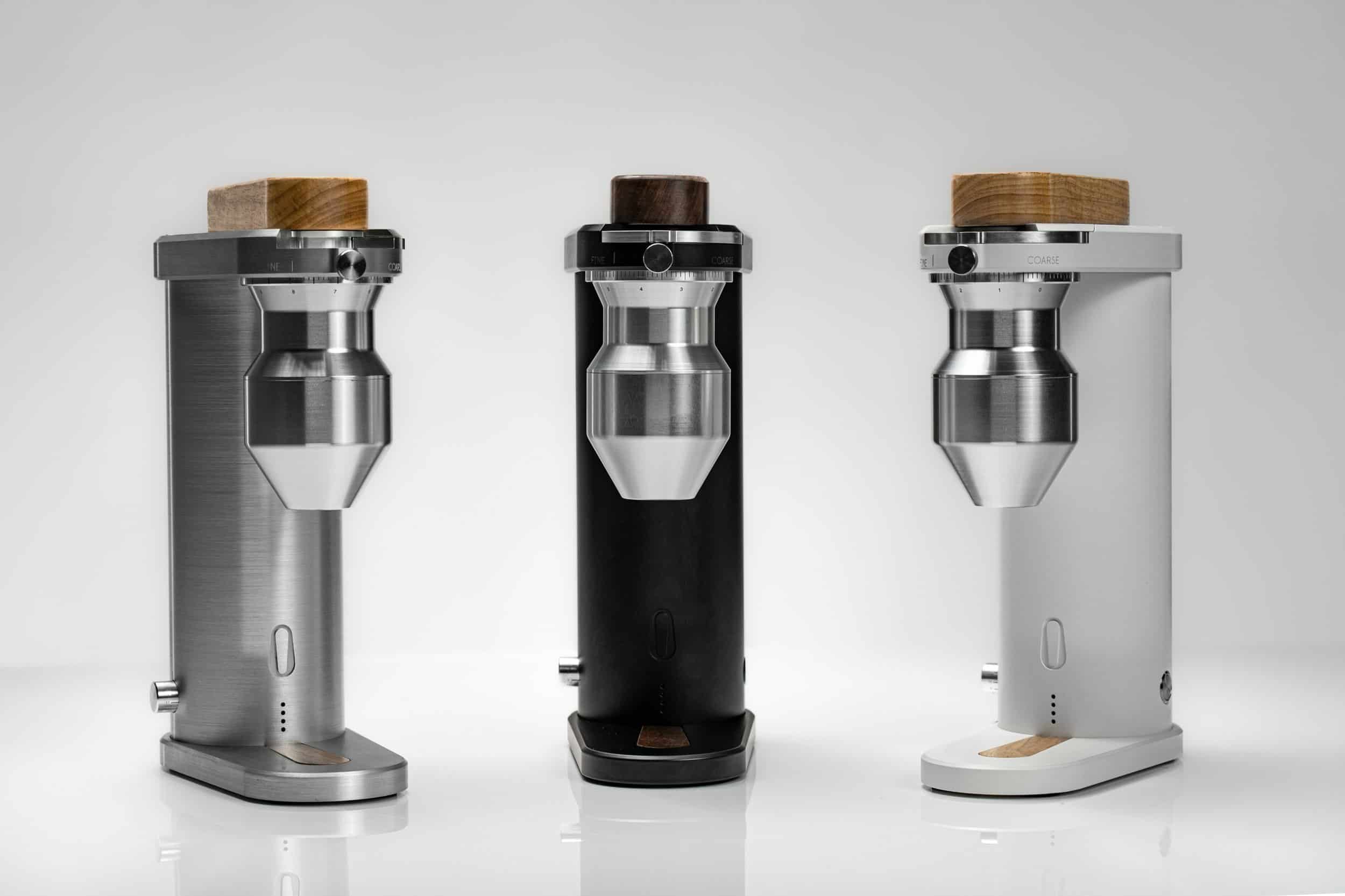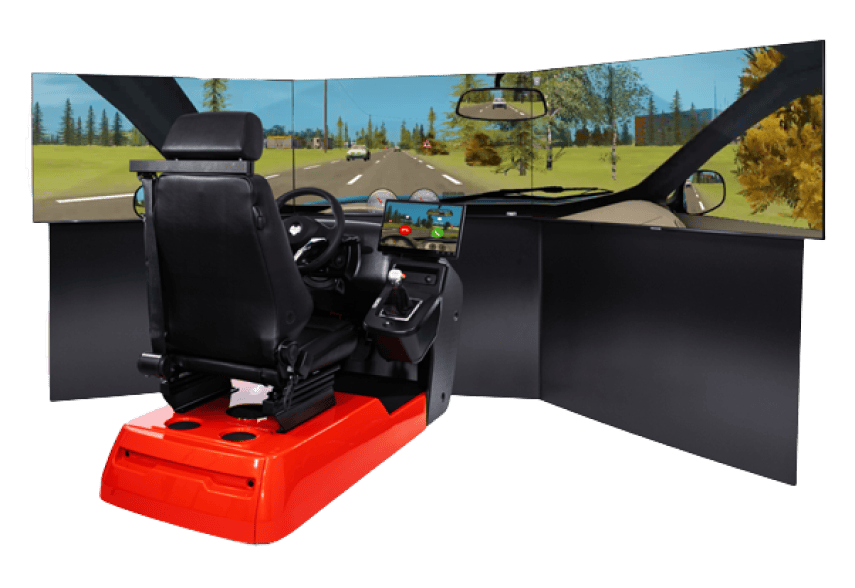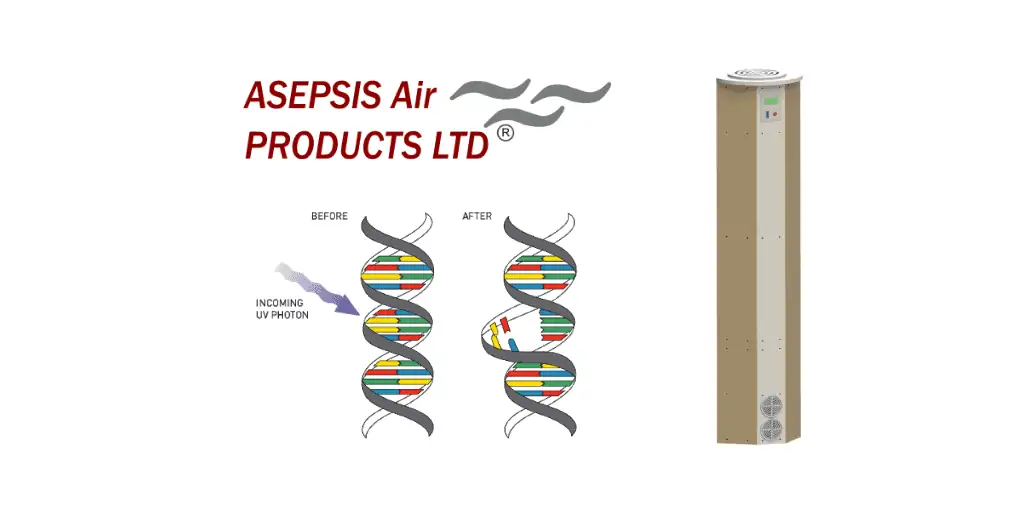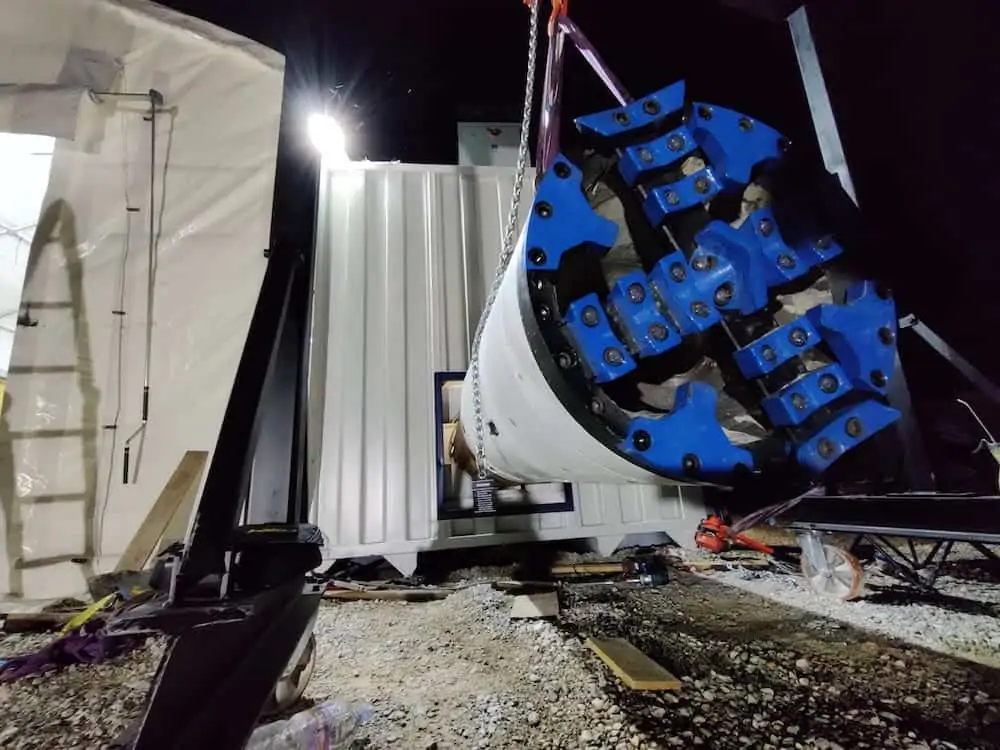Plasma cutting is a CNC cutting process in which a jet of hot plasma is used to cut material.
In this process, electrical energy and heat are applied to a gas, causing its molecules to vibrate violently, and turning the gas into plasma. High-pressure compressed air or inert gas is used to accelerate the plasma out of a cutting nozzle onto the workpiece. The plasma forms an electrical circuit with the workpiece using electricity to melt and cut through it.
Types of Plasma Cutters
There are types of plasma cutters that differ by the way the arc is created:
- The first type are high-frequency starting systems that create arcs by putting the nozzle in contact with the workpiece. These systems have the advantage of not employing any moving parts. However the high levels of radio frequency emissions this process produces make it unusable CNC hardware or other sensitive electronics. This brings us to the second type of plasma cutters.
- In the second type of plasma cutters, the nozzle and an electrode are used to start the pilot arc. The nozzle, which serves as the cathode, moves against the electrode, which is the anode, to create a spark. This process does not create any radio frequency emissions and so is widely employed in CNC plasma cutters.
Materials
Plasma cutting, being an electrical process, only works with electrically conductive materials such as steel, aluminium, copper, stainless steel, and other metals. It cannot cut foam, glass, paper, or stone and is mainly used for material removal in sheet metal fabrication.
The major benefit of plasma cutting is that it can cut very thick metals fast and cost-effectively. It can cut 300 mm thick aluminium and 200 mm thick steel with a tolerance of about 0.2 mm.
Benefits and Limitations
The high temperatures involved in plasma cutting create heat-affected zones in a workpiece, making parts susceptible to warping and other heat-related problems. Also, cut edges aren’t always smooth. Because of these, parts created using plasma cutting often require extensive post-processing heat treatment and finishing.
While plasma cutting is not as versatile or precise as waterjet and laser cutting, it is the best and most cost-effective solution for cutting thick metals.
 Europe
Europe  Türkiye
Türkiye  United Kingdom
United Kingdom  Global
Global 

 Login with my Xometry account
Login with my Xometry account  0
0